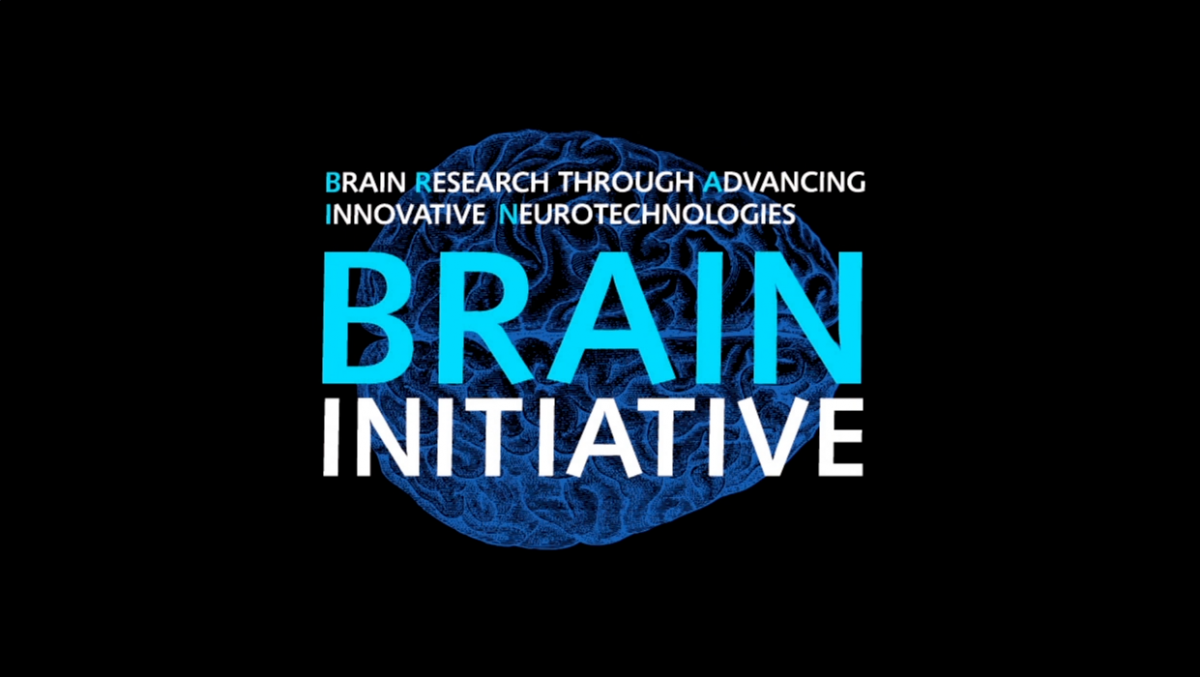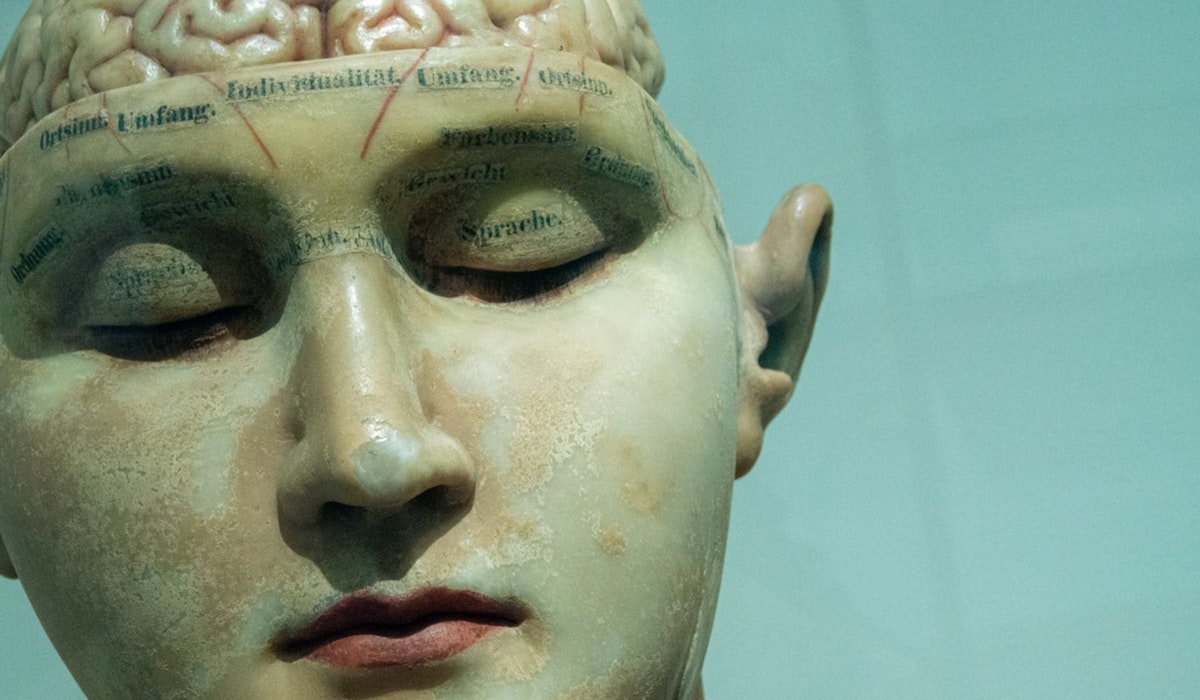ARTICLE SUMMARY:
We celebrate the 2013 launch of the landmark BRAIN Initiative, undertaken on a grand scale to map the mysterious human brain and address some of the most devastating neurological and neuropsychiatric disorders via the development of a first-of-its-kind neuroscience knowledge base and transformative new medical technologies.
In 2013, US President Barack Obama was inaugurated for his second term in office, and Amazon chief executive Jeff Bezos purchased The Washington Post for $250 million. (Bezos’ net worth at the time was $27.2 billion; today it is four times that, at roughly $111 billion.) Also in 2013, NASA scientists reported that the Voyager 1 spacecraft, after more than 35 years of travel, had reached interstellar space, becoming the first man-made object to exit our solar system. Voyager 1 and its twin spacecraft, Voyager 2, the latter having reached interstellar space in 2018, will continue their journey indefinitely—serving as mankind’s “message in a  bottle.”
bottle.”
The year 2013 was also marked by a landmark, multimillion-dollar collaboration, launched by the Obama administration, with the goal of understanding another not-yet-fully-understood frontier: the human brain.
Inspired by the successful Human Genome Project, the White House Brain Research through Advancing Innovative Neurotechnologies (BRAIN) Initiative is a large-scale, collaborative, public-private science endeavor developed by the White House Office of Science and Technology Policy and the National Institutes of Health (NIH) that is looking to fill major gaps in our current knowledge about the brain’s function, and catalyze rapid advances in neuroscience. "We can study particles smaller than an atom, but we still haven't unlocked the mystery of the three pounds of matter that sits between our ears," said President Obama, on April 2, 2013 when the ambitious endeavor was announced.
 The first-of-its-kind project’s overarching goal is to develop and apply cutting-edge technologies to create a dynamic picture of the brain in action, and to create a critical knowledge base for researchers seeking new ways to treat, cure, and even prevent devastating disorders such as Alzheimer's and Parkinson's diseases, epilepsy, paralysis, depression, autism, stroke, and traumatic brain injury, sensory disorders such as blindness and deafness, as well as tackle pain and the opioid crisis. Together, neurologic and psychiatric disease are the number one cause of disability worldwide.
The first-of-its-kind project’s overarching goal is to develop and apply cutting-edge technologies to create a dynamic picture of the brain in action, and to create a critical knowledge base for researchers seeking new ways to treat, cure, and even prevent devastating disorders such as Alzheimer's and Parkinson's diseases, epilepsy, paralysis, depression, autism, stroke, and traumatic brain injury, sensory disorders such as blindness and deafness, as well as tackle pain and the opioid crisis. Together, neurologic and psychiatric disease are the number one cause of disability worldwide.
Designed as a Grand Challenge—a coordinated, multi-agency, global research project undertaken to tackle difficult societal problems—BRAIN aims to accelerate the development and application of innovative technologies, including a new generation of medical devices. The initiative is supported by Congress through the regular appropriations process and the 21st Century Cures Act.
The BRAIN Initiative is funding seven major areas of research, including:
- Develop technology to identify the diversity of cells that exist in the brain;
- Determine these cells’ role in health and disease;
- Generate circuit diagrams that vary in resolution from synapses of neurons to the whole brain;
- Produce a dynamic picture of the functioning brain by large-scale monitoring of neural activity;
- Link brain activity to behavior by interventions that change neural circuit dynamics;
- Analyze data and build new conceptual foundations to understand mental processes; and
- Integrate new technological and conceptual approaches produced in Goals #1-6 to discover how dynamic patterns of neural activity are transformed into cognition, emotion, perception, and action in health and disease.
The initiative’s participants are from the public and private sector, including agencies of the federal government, private industry leaders, medical device companies, philanthropists, nonprofit organizations, foundations, colleges and universities, and more.
Device companies are forming partnerships with the BRAIN Initiative to help accelerate the application of neurostimulation therapies to serious brain disorders. This May, Abbott Laboratories Inc. announced that it will provide the company's neuromodulation technologies—including directional deep brain stimulation, spinal cord stimulation, and dorsal root ganglion therapy—for NIH research related to chronic pain and progressive movement disorders.
Other life sciences and information technology participants include Blackrock Microsystems LLC, Boston Scientific Corp., GE Healthcare, GlaxoSmithKline plc, Google, Inscopix Inc., Medtronic plc, NeuroNexus, NeuroPace Inc., and Second Sight.
Remarkable innovations being discovered or developed by Initiative researchers to date include:
- A wireless optical tomography cap for scanning human brain activity
- A noninvasive brain-computer interface system for improving the lives of paralysis patients
- Self-growing biological electrodes for recording brain activity
- First-of-their-kind real-time videos of live brain activity, announced by Yale University researchers on November 5. The images were produced by merging two imaging technologies at different scales—mesoscopic imaging of network activity, and two-photon microscopy of single neurons.
For more on the latest innovations in neurotechnology, see the related content from our continuously expanding MedTech Strategist, Market Pathways, and Community Blog archives.
#BrainInitiative #NIH #NationalInstitutesofHealth #PresidentObama #JeffBezos #Amazon #BlueOrigin #BlueMoon #NASA #Voyager1 #Voyager2 #interstellar #neurotechnology #neurology #neurologic #neuroscience #neuromodulation #neurostimulation #HumanGenomeProject #WhiteHouse #Alzheimers #Parkinsons #epilepsy #paralysis #depression #autism #stroke #TBI #traumaticbraininjury #pain #opioid #GrandChallenge #21stCenturyCuresAct #synapse #neuron #mental #Abbott #DBS #spinalcord #SCS #dorsalrootganglion #BlackrockMicrosystems #BostonScientific #GE #GlaxoSmithKline #Google #Inscopix #Medtronic #NeuroNexus #NeuroPace #SecondSight #opticaltomography #braincomputerinterface #electrode #YaleUniversity #ophthalmic #cochlear #deaf #blindness #WashingtonPost
![]() Trial MyStrategist.com and unlock 7-days of exclusive subscriber-only access to the medical device industry's most trusted strategic publications: MedTech Strategist & Market Pathways. For more information on our demographics and current readership click here.
Trial MyStrategist.com and unlock 7-days of exclusive subscriber-only access to the medical device industry's most trusted strategic publications: MedTech Strategist & Market Pathways. For more information on our demographics and current readership click here.
